Updated: 31 October 2019
An Extensive Guide To Help Choose The Correct Solar Inverter For Your Solar System
This informational article has been put together to help you understand the different types of Inverters and identify the most popular Inverter Brands available in Australia.
It also answers a range of the typical questions you may have about solar inverters.
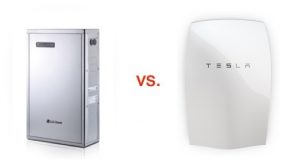
Before choosing an Inverter for your needs, We recommend you read this article and take note of the different questions and answers as well as the definitions explained. This will help you understand why some Inverters are better suited for your application than others and why some cost more and others less. This information can be applied to all makes of Inverters whether they are supplied by Essential Energy Solutions or not.
Inverters are one of the main components of solar systems, so it's often that customers ask us which solar inverter is the best, what does a solar inverter do and how do I know which solar inverter to choose for my home or my business?
Remember that the inverter is the item most likely to fail in the first 10 years of your solar system, so it is very important to make sure you have an inverter that has comparable system and component warranties to ensure longevity.
If you are considering installing a solar system for your home or business, there are a few things you need to know about inverters and we hope to answer all these questions that other customers tend to ask us about solar inverters.
Choosing which types of inverters to use for your solar project will depend on the location of installation, sun exposure, budget and a few more technical aspects to consider when you choose which solar installation provider to use.
Once you narrow in on the type of inverter best suited for your needs, you then need to familiarise yourself with the popular inverter brands in Australia to make the right choice for your project.
Some have been available on the Australian market for many years and have proven themselves to be very reliable in the long term. Other solar inverter brands have not lasted very long because they are not able to withstand the harsh Australian conditions. So it's really important for you to know these different aspects and read reviews on the different inverter models so that you can make an informed decision. Going with the wrong type, model or brand may be a very expensive lesson!
This knowledge will help you choose the best type of inverter and solar inverter brand for your residential or commercial solar system. An experienced solar system installer such as Essential Energy Solutions will be able to assess your unique property aspects and advise on the best products to install.
To see if an inverter you are considering complies with the relevant Australian Standard, which is AS4777, you can go to the Clean Energy Council’s approved products list on their website.
What is a Solar Inverter?
A solar inverter converts the Direct Current (DC) energy generated by your solar panels into usable Alternating Current (AC) to power your home or office. In Australia it converts the DC current produced by the solar panels into 220 volts alternating current, because Australian households and businesses run equipment and machinery on 220V.
Why do I need a Solar Inverter?
Solar Inverters are a key component of a solar system and must be chosen as carefully as the solar panels that you will pair with the inverter.
An inverter increases the DC voltage, and then changes it to alternating current before sending it out to power a device. You can't use straight direct current (DC) without the AC to DC inverter because the device's power supply needs the AC power in order to properly step down and regulate the voltage.
Types of Inverters
There are different types of Inverters and each type is more suitable depending on how it is used, where it is used and for what purpose it is used to convert electricity. The output of any electric power generator, be it coal, wind, water (hydro) driven or a solar panel driven by the sun, generally requires some form of interface to match its electrical characteristics to the power load for the equipment it's powering.
String Inverters, Microinverters, & Power Optimizers
The three main inverter options available are string inverters, microinverters, and power optimizers. String inverters are the most common and most cost-effective option.
However, microinverters and power optimizers are becoming more affordable and quickly gaining popularity.
Microinverters and power optimisers are collectively known as Module-Level Power Electronics (MLPEs).
1. String Inverters
With string inverters, solar panels are “stringed” together and connected to a single inverter. It is a tried and true technology that works well for installations with consistent, full sun exposure. Since they are linked together and only perform as well as the least exposed panel, they are not a good choice for roofs that face multiple directions (i.e. gabled) or are shaded by nearby obstructions.
2. Microinverters
Microinverters tend to be more expensive but are quickly becoming more affordable. Unlike string converters, microinverters are installed on each panel or are integrated into the solar panel itself. Because they are not linked together, each solar panel will capture solar energy to its fullest potential even if other panels are shaded.
3. Power Optimisers
Though they are not technically inverters, power optimisers are a good compromise between more expensive microinverters and less expensive string inverters. Like microinverters, optimisers are installed by or integrated into each solar panel. But unlike microinverters, they do not convert the DC electricity to AC electricity on the spot. Instead, they prep the DC electricity and send it to a string inverter. Essentially, it “optimises” a string inverter system by reducing the effect of shade on system performance.
Popular Inverter Brands in Australia
When choosing your inverter, you must consider several factors. There is no one-size-fits-all, but there are brands that consistently rank high across the board. These top brands are well regarded for:
- Features, including Monitoring through internet portals and mobile apps
- Quality & Reliability
- Service & Support (local support offices are better)
- Warranty (longer warranties mean reliability of components)
- Price
At Essential Energy Solutions, we have found the following manufacturers (in no particular order) provide the best balance of the above criteria and features.
- Fronius
- Zever
- SMA
- Sungrow
- Tigo
LIst Of Australian Accredited and Approved Solar Inverter Manufacturers
The following section lists a few of the inverters we usually recommend to our customers based upon the features they would like their solar inverter to have and the requirements of the installation. They are listed in no particular order.
Fronius
Fronius Customer Service: (03) 8340 2900
Website: https://www.fronius.com/en-au/australia
Current Claimed Active Inverter Capacity: unknown
Market Share: unknown
Mobile App: Fronius mobile app

Fronius is in high-demand in Australia as the inverter of choice for both domestic and commercial solar installations. Customers rave about their performance, reliability, and the manufacturer’s customer service. The Fronius Primo & Fronius Symo Inverter lines are among their most popular products.
SMA Customer Service: 1800 SMA AUS or (02) 9491 4200
Website: https://www.sma-australia.com.au/
Current Claimed Active Inverter Capacity: unknown
Market Share: unknown
Mobile App: Yes
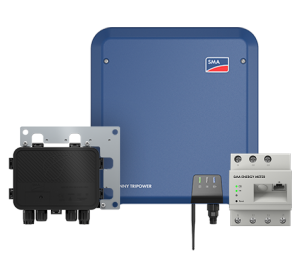
Ever since SMA acquired the majority of Zeversolar, their products have been quickly and steadily improving. Though Zeversolar and SMA are nearly one and the same company, they still keep some products separate. Zeversolar’s Zeverlution solar inverter product line uses less power electronic components for increased reliability, are now 40% lighter, and have an even wider MPPT range (Maximum Power Point Tracking). SMA’s Sunny Boy Inverter boasts the same improvements.
SMA products are built around highly efficient solar management components. The modular structure of their solar solutions gives you the flexibility to configure a solar system that best meets your needs and budget and makes it easy to expand your system or scale it over time as your budget allows.
Sungrow
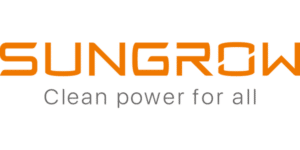
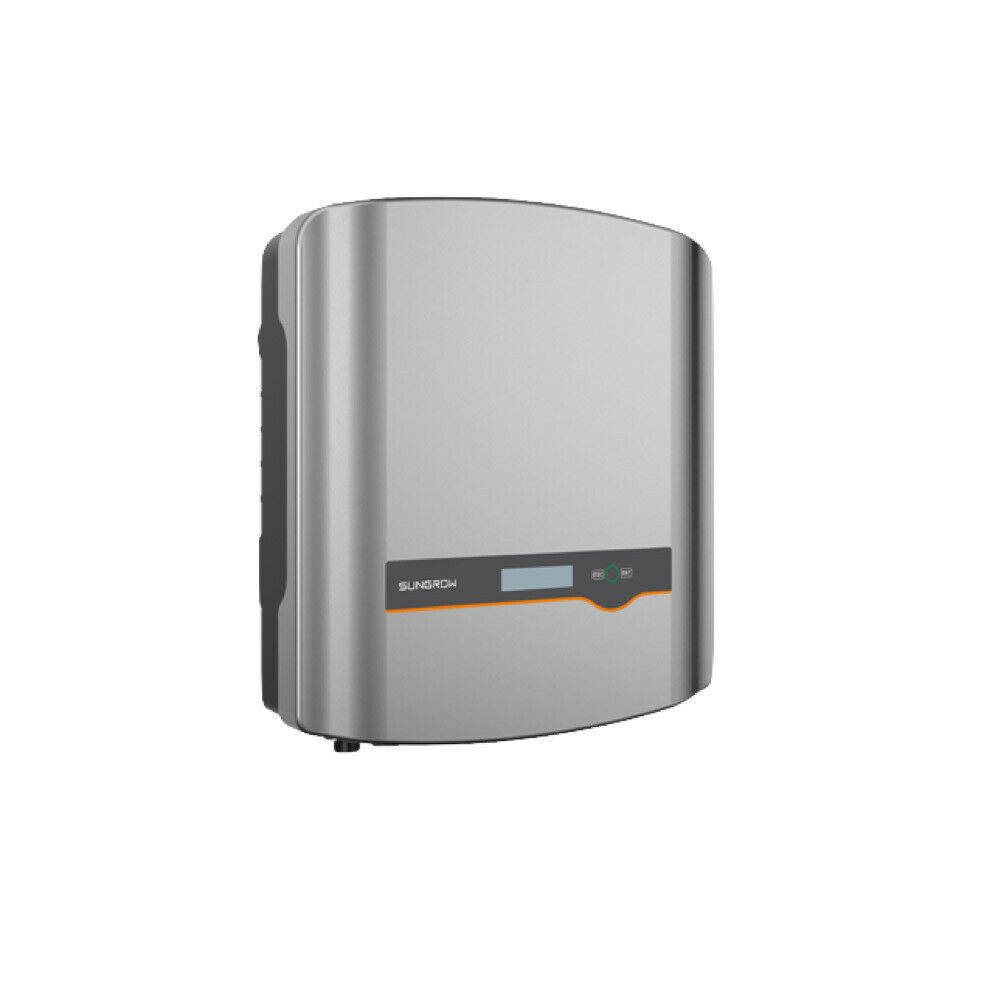
Sungrow Inverters Gold Coast
Sungrow Customer Service: 1800 786 476
Website:
https://www.sungrowpower.com.au
Current Claimed Active Inverter Capacity: 80GW worldwide
Market Share: +/- 15% worldwide
Mobile App: Yes (iSolarPortal), comparable to Fronius mobile app
Described as: Reliable, Well Supported, Inexpensive
Sungrow inverters have become very popular due to their competitive pricing, great reliability record, and an internationally-wide good reputation. Their customer service and product quality are considered some of the best among Chinese inverter manufacturers.
Sungrow began supplying the Australian solar inverter market in 2012 from its base in North Sydney in New South Wales. Having a local presence means that they are available to ask technical questions or have a a support query and solar installers like us make use of these support channels to deliver a better service to our Sungrow customers.
Sungrow Inverter Models Available In Australia
Sungrow manufacture and supply both single phase and three phase inverters to the Australian market.
SUNGROW Single Phase Inverters | SUNGROW 3 Phase Inverters |
|---|---|
SG3KTL-M | SG3KTL-EC |
SG4KTL-M | SG5KTL-EC |
SG5KTL-M | Cell |
Sungrow Inverter Reviews
Real consumer Sungrow Inverter Reviews can be seen here. Sungrow Inverters in Australia receive an average of 4.3 stars with the majority of a 4 star rating. Some reports of problems linking to home wi-fi. New mobile app version is much better.
Comments seen in Sungrow Reviews include:
"Combined with the solar panels we selected, generating decent power even on cloudy/raining days."
"Being able to connect via wifi is great as well. Can see all on my phone."
"Casing could be constructed from better material."
"Just updated to the new monitoring app.. easy."
Tigo
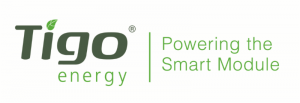
Tigo is known for their TS4 Solar Optimisers. The TS4 universal platform enables plug-and-play functionality for any solar module. Other optimisers usually require the same brand inverter to be used, but TS4 optimisers are not limited by which inverter your solar system uses. They are easy to install, reliable, and though Tigo is a California-based company, an Australian invented the Tigo optimizers.
Budget for Types of Solar Inverters
As mentioned, the different types of solar inverters come with different price tags. Typically, the order of affordability from most affordable to most expensive goes as follows: string inverters, solar optimisers, and microinverters.
You need to first establish which type of solar inverter you need based on how much sun exposure your solar panels are going to receive. For example, it wouldn’t make sense to save on the upfront costs of string inverters if shade on your roof will cost you energy production in the long run.
When designing your system, you must also remember that some solar panels have inverters built-in; though they are not always cost-effective.
Choosing the Right Inverter for your Solar Power System
What size inverter do I need?
As a general rule of thumb, the size of your inverter should be similar to the DC rating of your solar panel system. This means that if you are installing a 6 kilowatt (kW) solar system, you can expect the proposed inverter to be around 6000 W, give or take a small percentage.
Essential Energy Solutions stocks many different inverter sizes, and several brands of power inverters for solar and commercial use.
Get professional advice on choosing the Right Inverter for your Solar Power System
This may seem like a lot of information, but one step leads to the next once you know what type of solar inverter you need. To make things even easier, you can contact a professional solar system installer to discuss your individual needs. Experienced installers can usually point you in the right direction either through talking with you over the phone or email or by visiting the job site in person.
If you live in the beautiful Gold Coast and want to turn Brisbane’s sunshine into energy savings, Contact Us to learn more about solar inverters or to receive a free quote.

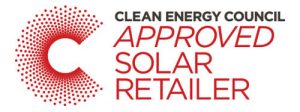

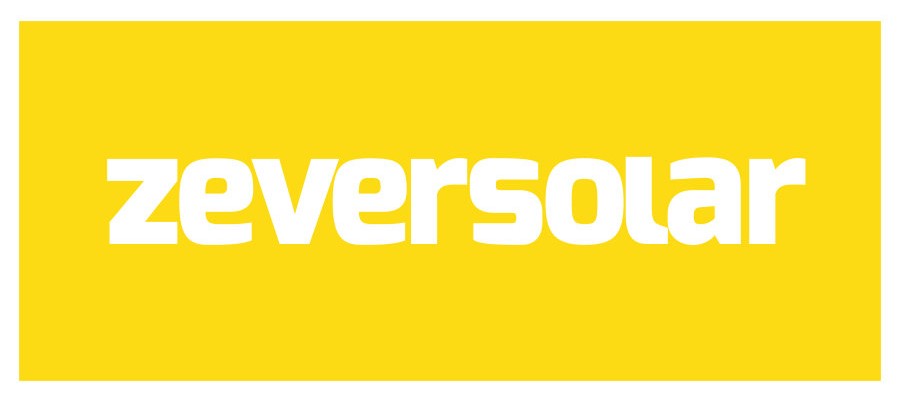
Thanks for the useful information about choosing a good solar inverter. Out of those brands and models you have installed over the last few years which would you recommend if I wanted to get something that was good value for money, but not the most expensive solar inverter out there? I am looking for a 5-7kw system that I can add a battery to later on.
Hi Henry, thanks for your comment on our article about solar inverters.
I would recommend the Sungrow Crystal series of inverters. These are great value-for-money inverters. Being the second largest manufacturer globally and having an office in Australia so you will have additional peace-of-mind that your inverter has local support and from our experience the Sungrow Crystal series has a very low failure rate.
If you wanted to go more top end I would recommend SMA or the Fronius inverters, but these would be more expensive than the Sungrow range.
Give us a call on 1300 639 363 if you have any further questions and I will be happy to assist.
Regards,
Dale